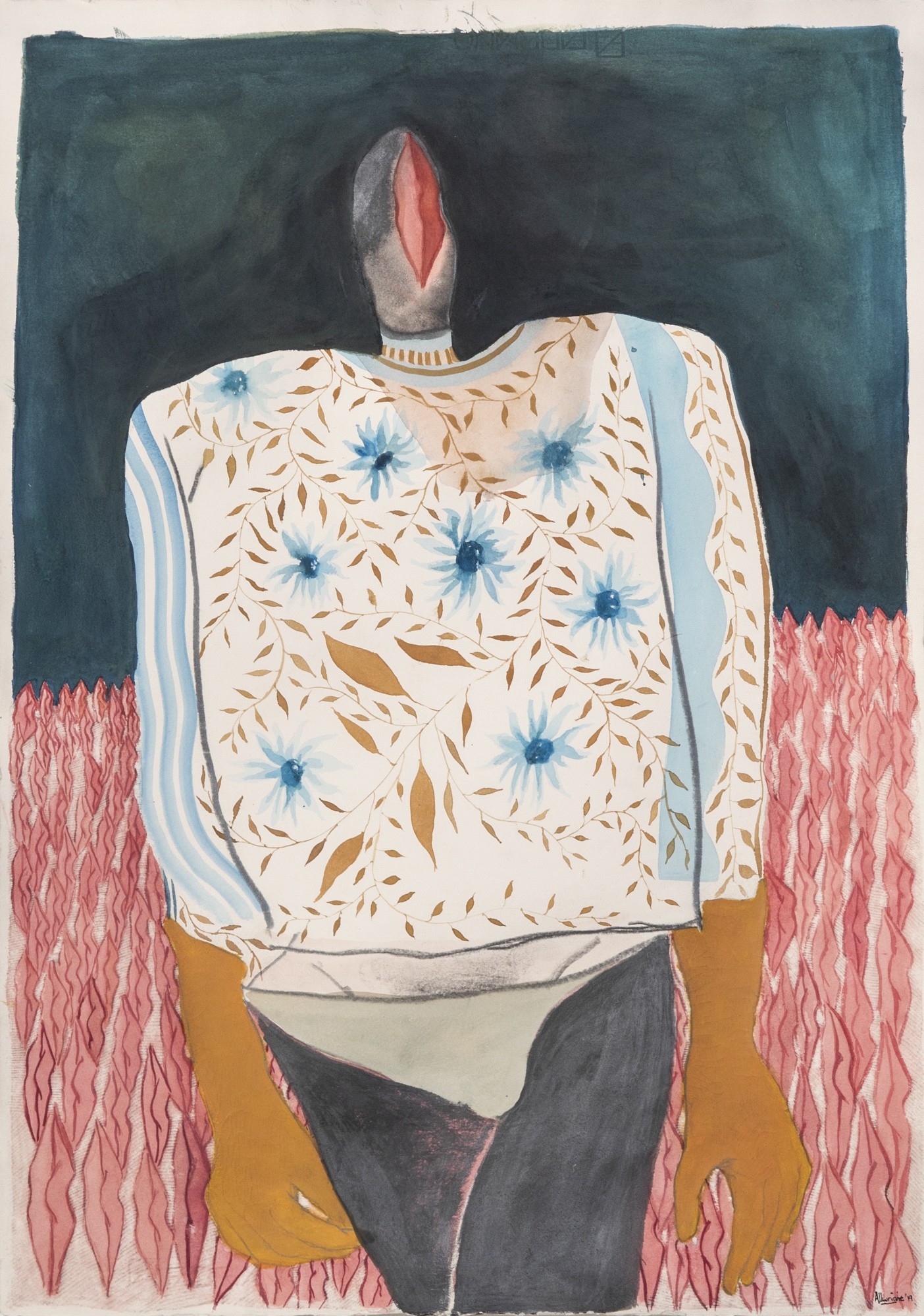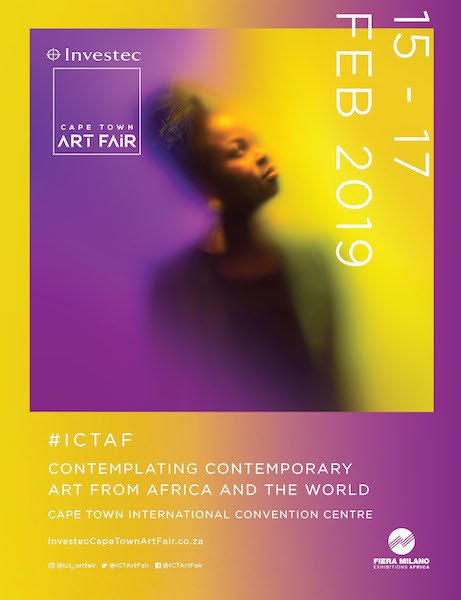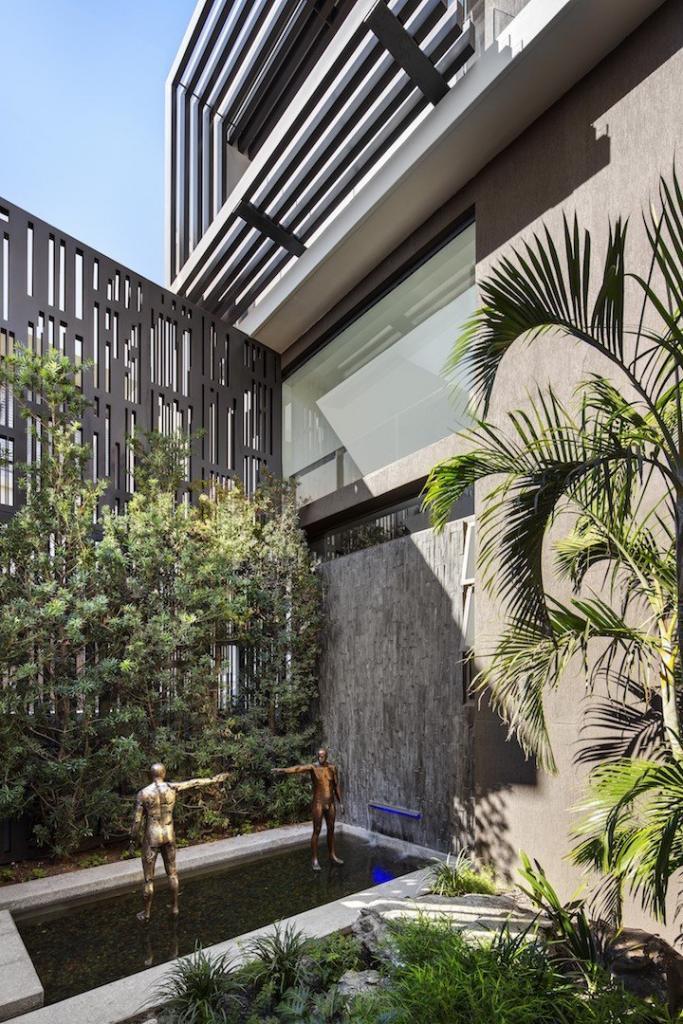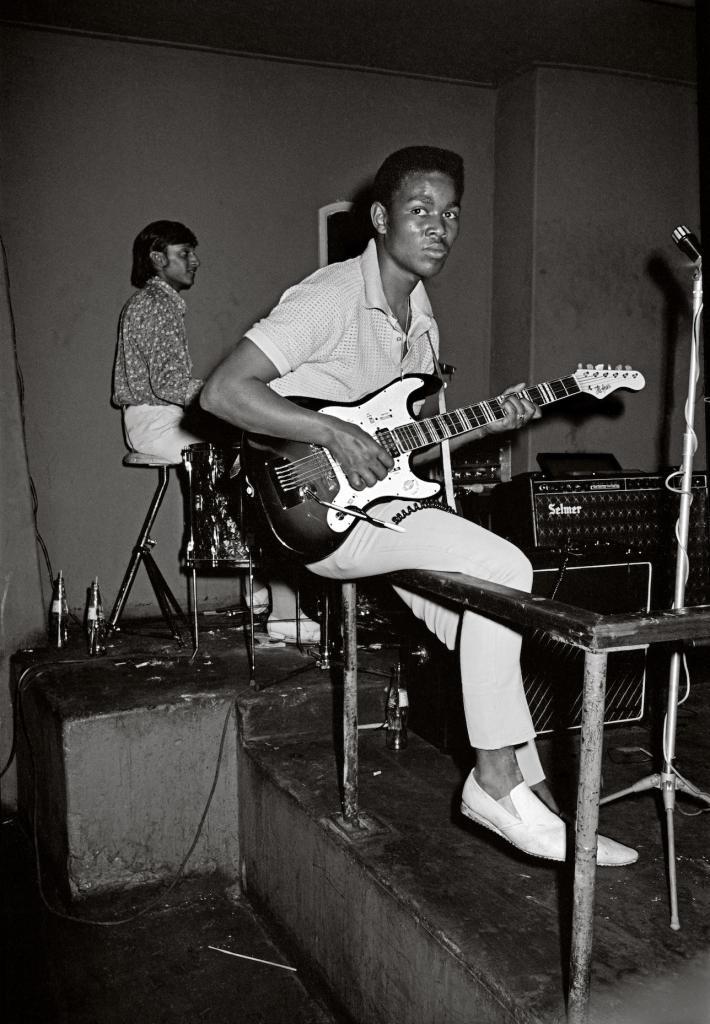Collective Whispers at SMITH in Cape Town
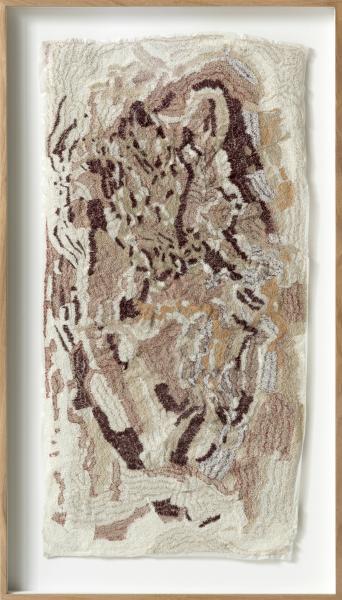
It was John Green, author of Fault in Our Stars, who described whispering as “an unvoiced way of speaking”. A mode of conveying information or expressing one’s feelings that is intimate —where air passes through the larynx with enough turbulence to be audible but the vocal cords do not vibrate.
A whisper is the beginning of an idea, the genesis of a revolution. It’s gentle enough to be passed on without difficulty, and powerful enough to be multiplied. Collective whispers present opportunities for transformative experiences, that can be manifested as empathy. Jana Terblanche
SMITH’s most recent exhibition Emphatic Whispers, investigates the potential for art to make us more empathetic beings, and transform the way we relate to other people. The exhibition (10th July – 27th July) includes works by artists: Stephen Allwright, Katherine Bull, Alka Dass, Jess Holdengarde, Claire Johnson, Strauss Louw, Sepideh Mehraban, Johno Mellish, Garth Meyer, Elsabé Milandri, Thandiwe Msebenzi, Gabrielle Raaff, Talia Ramkilawan, Amy Rusch, Shakil Solanki, Brett Charles Seiler and Marsi van de Heuvel.
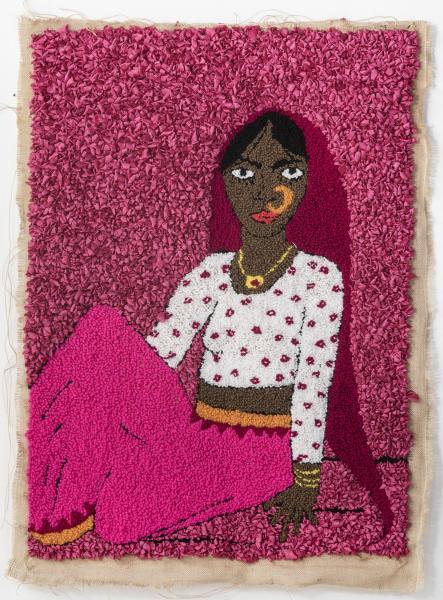
I had a brief conversation about the show with Jana Terblanche, gallery manager and curator at SMITH.
NM: How was the theme of this exhibition conceived, what inspired it?
JT: I didn’t come from a place of inspiration per se, but rather of necessity as a response to a global numbness and empathy deficit. I’ve always had this feeling that exposure to artmaking can have a transformative effect on an individual, and wondered if that was a collective experience.
NM: I’m interested in what happens when you put these two words that seem contradictory, next to each other: emphatic which implies force and whisper which has connotations of subtlety?
JT: Following on from Susan Sontag’s idea that violent images of war don’t necessarily bring us closer to the understanding of other people’s pain, I felt that artmaking that uses nuance to connect with the audience could be more transformative in helping people relate to each other. These nuances and undercurrents felt very gentle to me, like whispers. They weren’t abrasive in their delivery, yet powerful, emphatic even. I was also drawn to the tension between the words and how it brought new meaning to each of them. Thus the title was born.
NM: Can you speak to how some of the artists have chosen to respond to this question of art’s potential to make us more empathetic beings?
JT: There are a few different strands that run through the exhibition. One of the interesting ideas is that personal stories and histories can speak to greater political and social truths. Alka Dass is an artist who uses family artefacts and meshes those with her personal diary entries, thereby illustrating how intergenerational trauma can have a concrete impact on the present. Storytelling and the power of the narrative to connect people is another thread that runs through the exhibition. Amy Rusch’s tapestries are a response to the earliest examples of human mark making. This ability of art to connect people across time and space is an example of empathy enacted. Through embracing vulnerability, Brett Charles Seiler is able to create metaphorical sutures between people. He uses frank prose and universal symbols of the queer experience to share the ups and downs of modern romance.
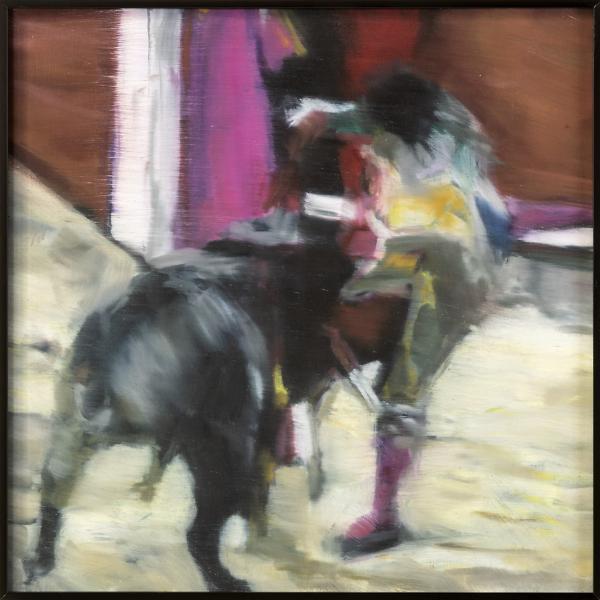
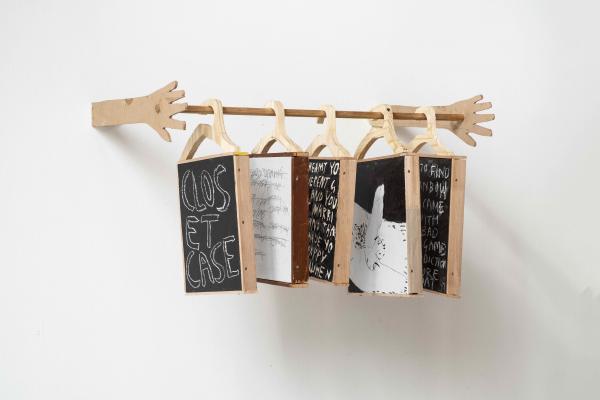
Jana further explains…
Artists should not bear the burden of making society better, but artistic imagination can foster human relations and help in forging empathetic connections which engenders transformative action. Art making creates a space to champion the multiplicity of stories, voices, and narratives. As much as artists connect us they also show us our differences and the challenges we face in connecting. Emphatic Whispers encourages viewers to confront their indifference and feel interconnected to beings outside of themselves. Through actively looking, there is a moment of where you can transcend who you are in order to feel other people’s pain.
For enquiries please contact info@smithstudio.co.za

